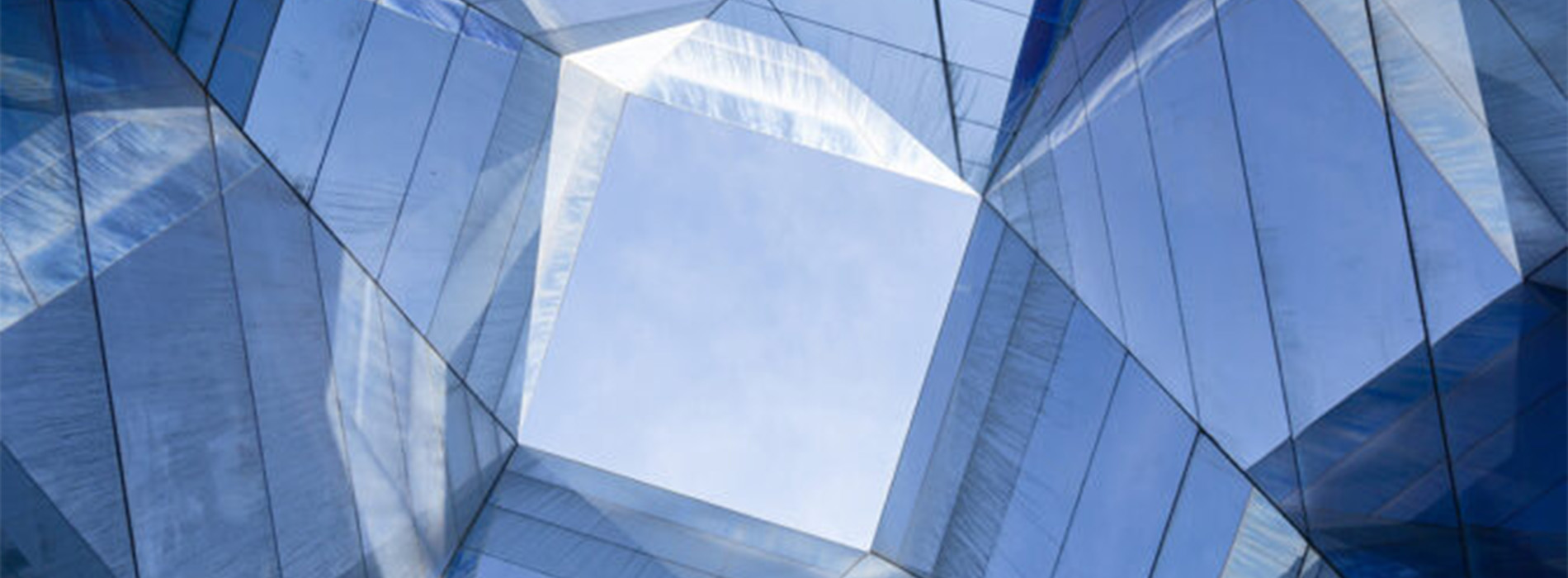Barcelona’s latest tourist initiative adds science to an already magical mix, finds Adam Shaw
Click here to download and save as a PDF
Think of Barcelona and there are many places your mind will go. Home of Antoni Gaudí and his unfinished masterpiece, the Sagrada Família, the city is dotted with unique, otherworldly architecture.
It boasts arguably the most famous football club on the planet, one whose cultural impact goes far beyond the game itself and seeps into every aspect of the city. Foodies can rub shoulders with locals in bustling tapas bars, tuck into a plate of steaming paella on the seafront or splash out at one of its many Michelin-starred restaurants.
Throw in the fact that you have a host of quality beaches on its doorstep and you can see why Barcelona is high on the list of many tourists’ dream destinations.
Never one to be afraid of standing out from the crowd, the Catalan capital is now keen to showcase another aspect of what makes it great: science. As Alexandra Marcó, marketing director of the city’s tourist board, points out, modern Barcelona contains an array of science-themed attractions that offer something for everyone.
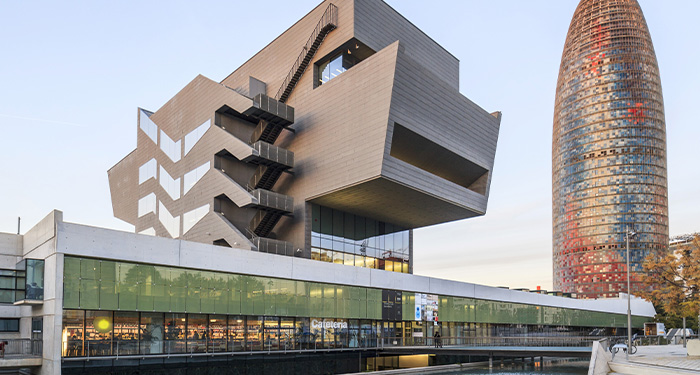
“Barcelona has been ranked as the fourth-best European city for science, with investigative centres and research hubs. We are a very creative and innovative city, with lots of interesting scientific and technological installations that not everybody knows about,” she says. “For example, we have the most powerful computer in Spain, immersive experiences with digital art, and a fantastic science museum.”
That museum, the CosmoCaixa, is an obvious focal point for the city’s science-based attractions. In it, visitors can take in exhibitions such as the Flooded Forest, which recreates 1,000sq m of Amazonian rainforest, the Hall of Matter, detailing the history of the universe, and the huge Geological Wall that uses sections of rock to illustrate the Earth’s structures.
Children up to age six can explore and play with natural materials
Several family-oriented attractions, such as ‘Toca! Toca!’ (‘Touch! Touch!’), encourage kids to take a hands-on approach to learn about life in different habitats.
The Casa de l’Aigua, built in 1917 to improve the hygienic conditions of the city’s water supply, is now a lively cultural hub and museum offering a fascinating glimpse into Barcelona’s industrial heritage, and a trip to the top of the Fabra Observatory – the fourth-oldest still in operation in the world – is worth it for stunning views of both the sky above and the city below.
The old Museu de Ciències Naturals de Barcelona, now the Museu Blau, is a fascinating museum that explains Earth’s evolution and life from its origins right up to the present day, and in its Science Nest children up to age six can explore and play with natural materials. But it’s also a must-see for the building it’s housed in, the cleverly engineered triangular Fòrum by noted architects Herzog & de Meuron.
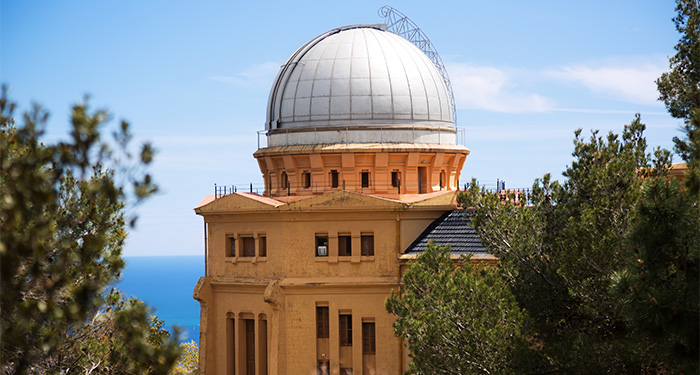
These 20th and 21st-century science attractions build on a heritage of industrial, medical and technological innovations that stretch back centuries – as far back as the 1400s, when the Antic Hospital de la Santa Creu was built.
This fine example of Catalan civil Gothic architecture was part of Barcelona’s main hospital for around 500 years, and these days makes an engaging site for visitors, who can imbibe centuries of medical history as they walk among the vast former wards.
Quirkier offerings include the Reial Acadèmia de Farmàcia de Catalunya, a site devoted to the study of drugs and home to Europe’s oldest pharmacy, while those with a sweet tooth might consider the Museu de la Xocolata, a museum tracing the origins of chocolate where visitors can learn, among other things, about its aphrodisiac properties.
Marcó says the city wants to highlight its science heritage, and build on it for future generations. “We want to have continuity – this will not just be one shot and we’re done. We will continue to adapt, showing what we have for visitors,” she says.
The city wants to highlight its science heritage, and build on it for future generations
“We’re also talking to local people who can act as ambassadors for us. If they think these things are interesting, then others are likely to as well.” A key part of the initiative is the creation of seven ‘trails’, which enable visitors to trace both the history and future of Barcelona as a centre of science.
The Industrial Relics Trail takes in the former factories of the Poblenou neighbourhood, which became known as the ‘Catalan Manchester’ during the 19th-century textile boom.
It is now home to the 22@ district, the heart of the city’s tech industry, and many of its old warehouses have been transformed into modern and eco-friendly buildings. The Light Trail looks at how the first electrical company in Spain changed life in the city forever, and offers tips on where to see the best lit-up buildings at night.
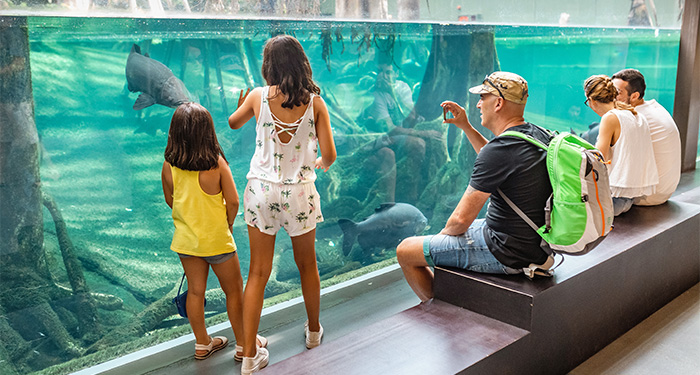
Female pioneers are celebrated in the Women Scientists Trail, telling the stories of Catalan women who forged a path in science. They include Francesca Bonnemaison, a fierce campaigner for female education, and Dolors Aleu i Riera, the first woman in Spain licensed to practise medicine.
And you can walk in the footsteps of a science giant too: the Einstein Trail follows the route taken by Albert Einstein when he visited the city in 1923. So while Barcelona might not be the first destination your mind heads to for a science trip, it’s time to think again.
With world-class museums, leading educational facilities and centuries of history on the streets, it won’t be long before science joins the likes of Gaudí, paella and FC Barcelona as reasons to book a trip.
Fast fact
The soon-to-launch Barcelona CardScience will cost €10 and offer discounts of up to 50% for entry to 28 venues, including the Supercomputer Centre, the Disseny Hub Barcelona (Design Museum) and the Botanical Gardens.
visitbarcelona.com
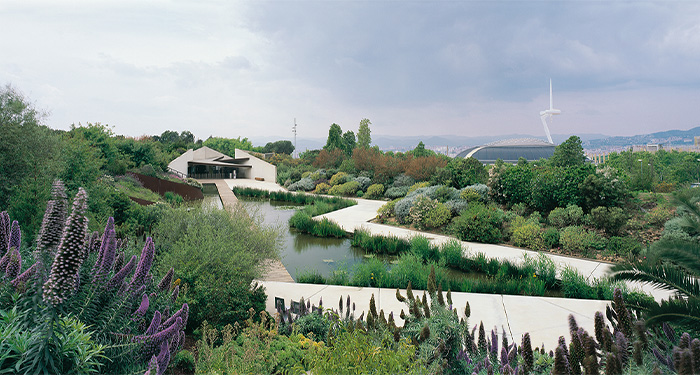
Three top science spots
Torre Glòries
This bullet-shaped tower has been a feature of Barcelona’s skyline since 2003. In its top section, a new exhibition allows visitors to experience the city through several interactive art installations.
Estació de França
Although Sants station has more passengers, França remains Barcelona’s most attractive, with grand architecture and elegant lobbies. Albert Einstein arrived here in 1923 on his way back from a tour to Japan.
Jardins de Laribal
The city’s first rose garden boasts panoramic views. At the far end is the Escola del Bosc, a pioneering school once led by Catalan teacher Rosa Sensat that placed the use of outdoor spaces at the heart of its system.
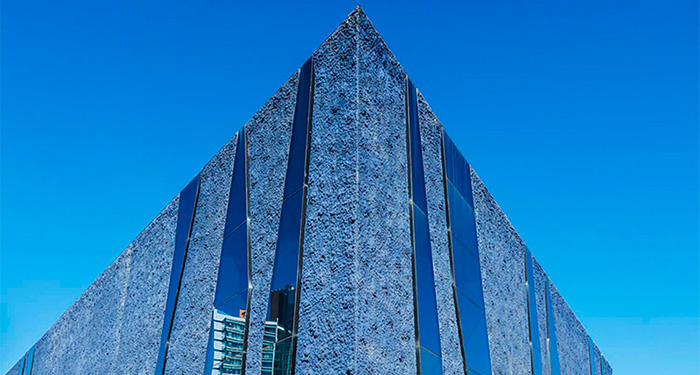
Book it
EasyJet holidays offers a three‑night package at the four‑star Hotel Concordia Barcelona from £347, including return flights from Luton with easyJet, travelling on June 24, 2022.
easyjet.com
PICTURES: Shutterstock/Joan Manel, Joan Bautista, frantic00, travellight, BearFotos
Read more
48 hours in Madrid, Spain
Tenerife Carnival is back: here’s how to celebrate
Five of the best things to do in Benalmadena, Spain

